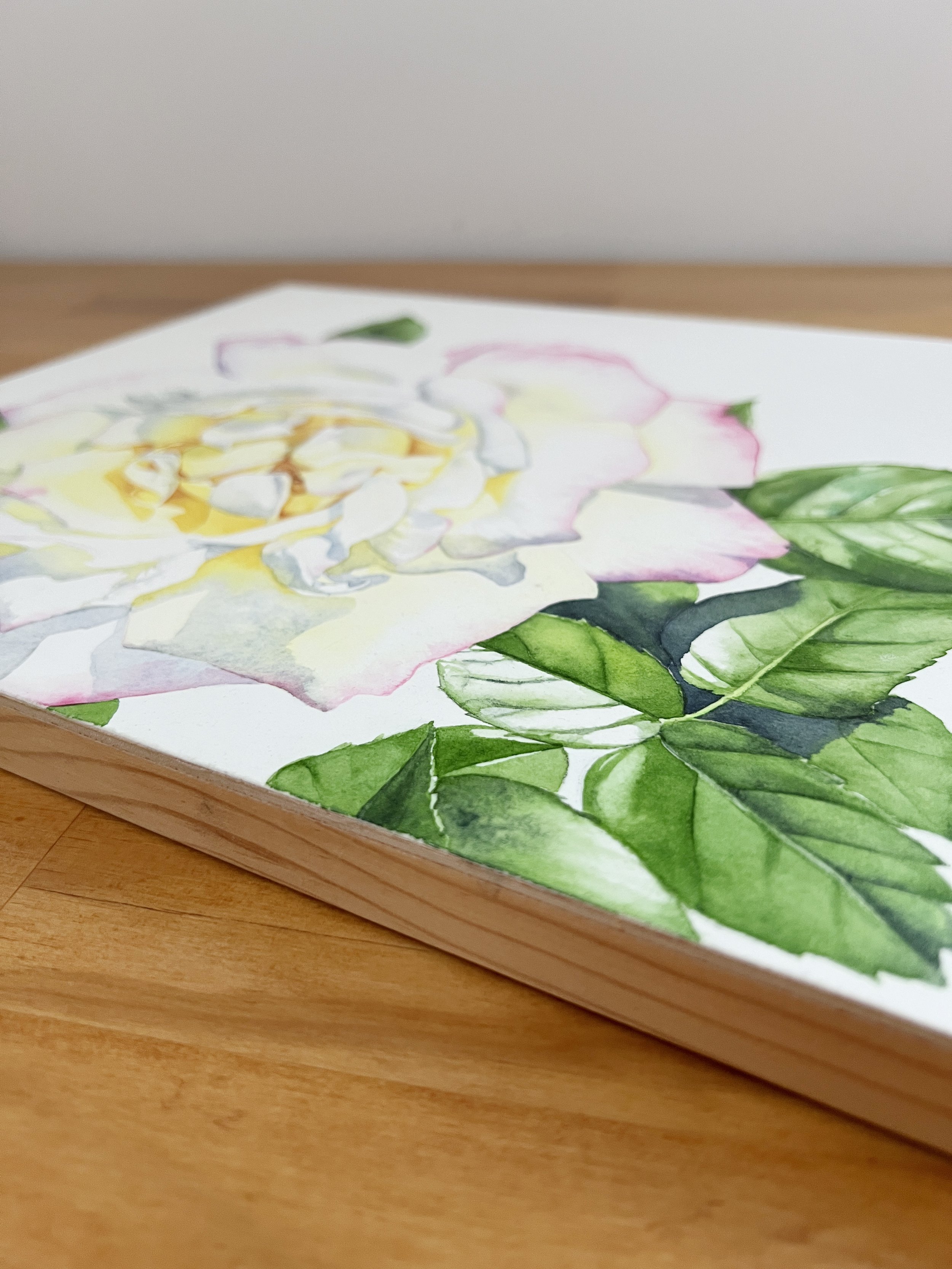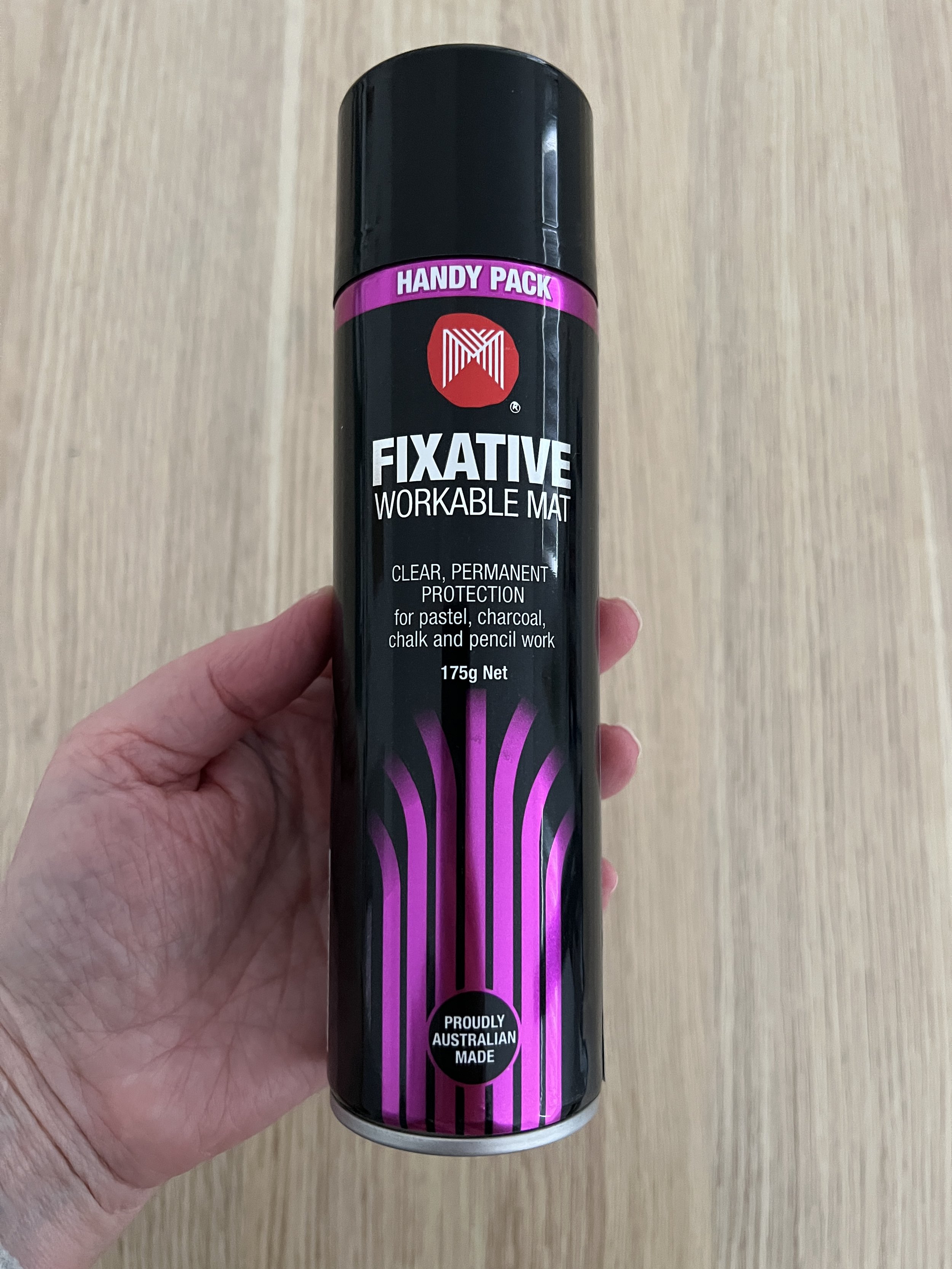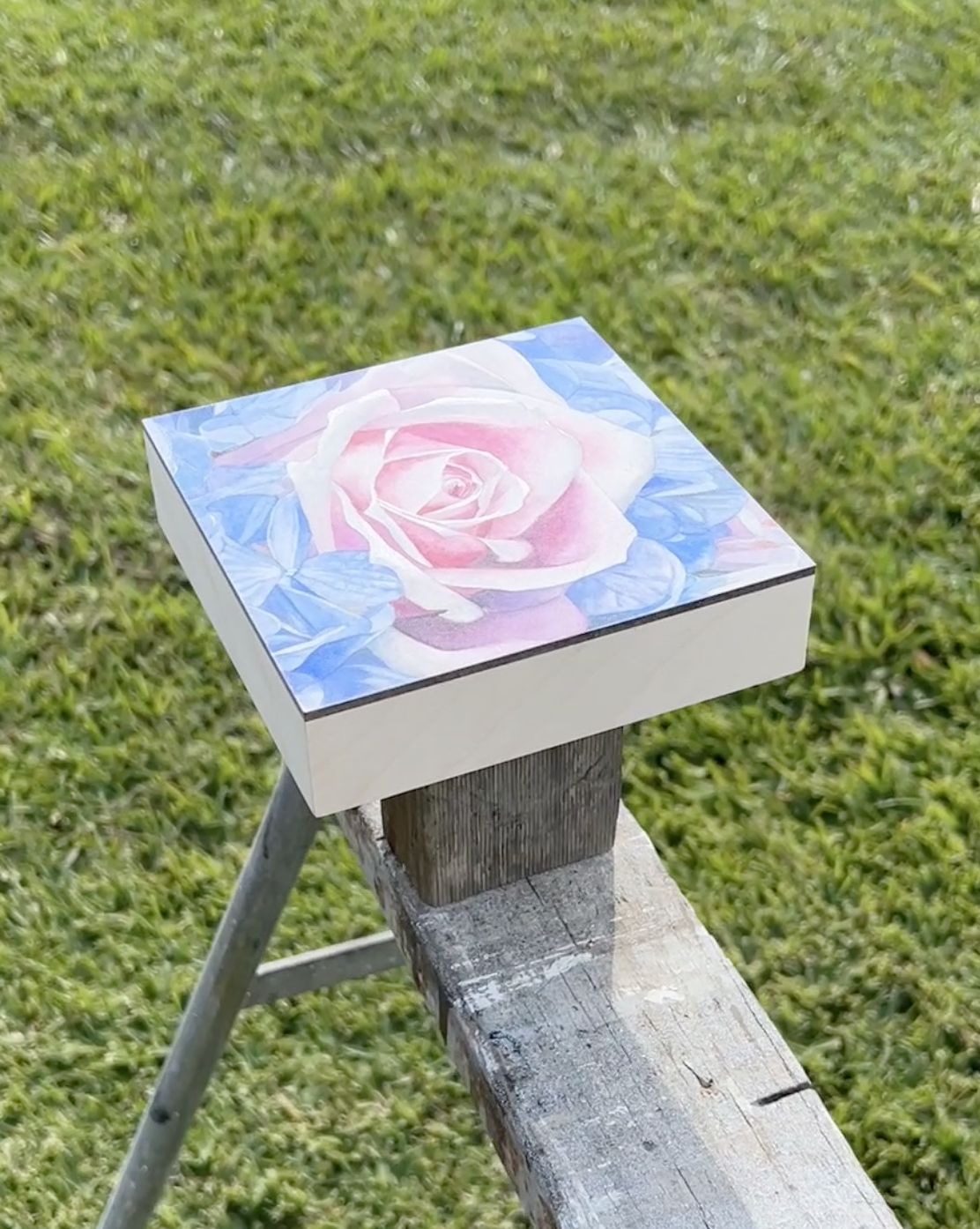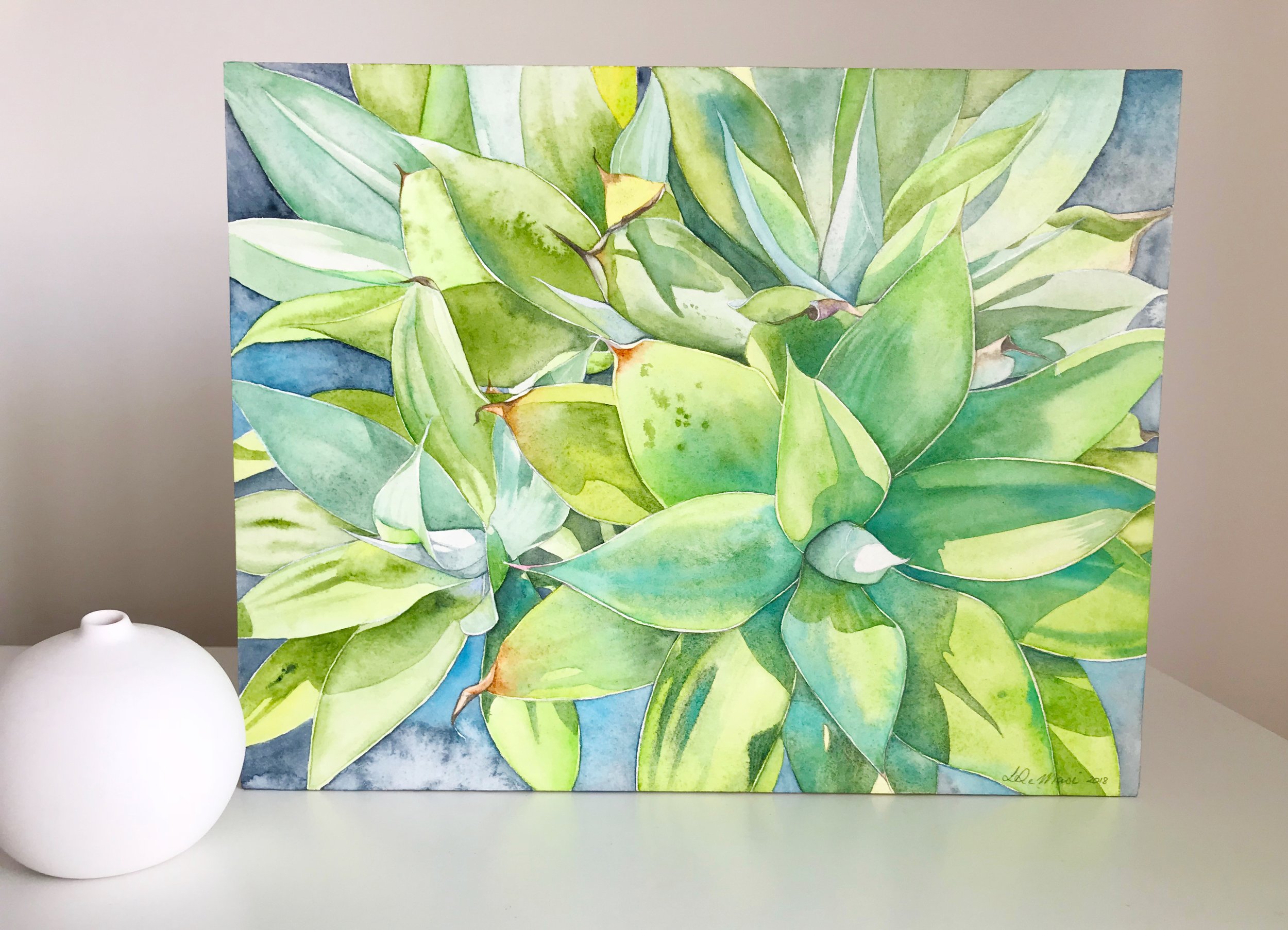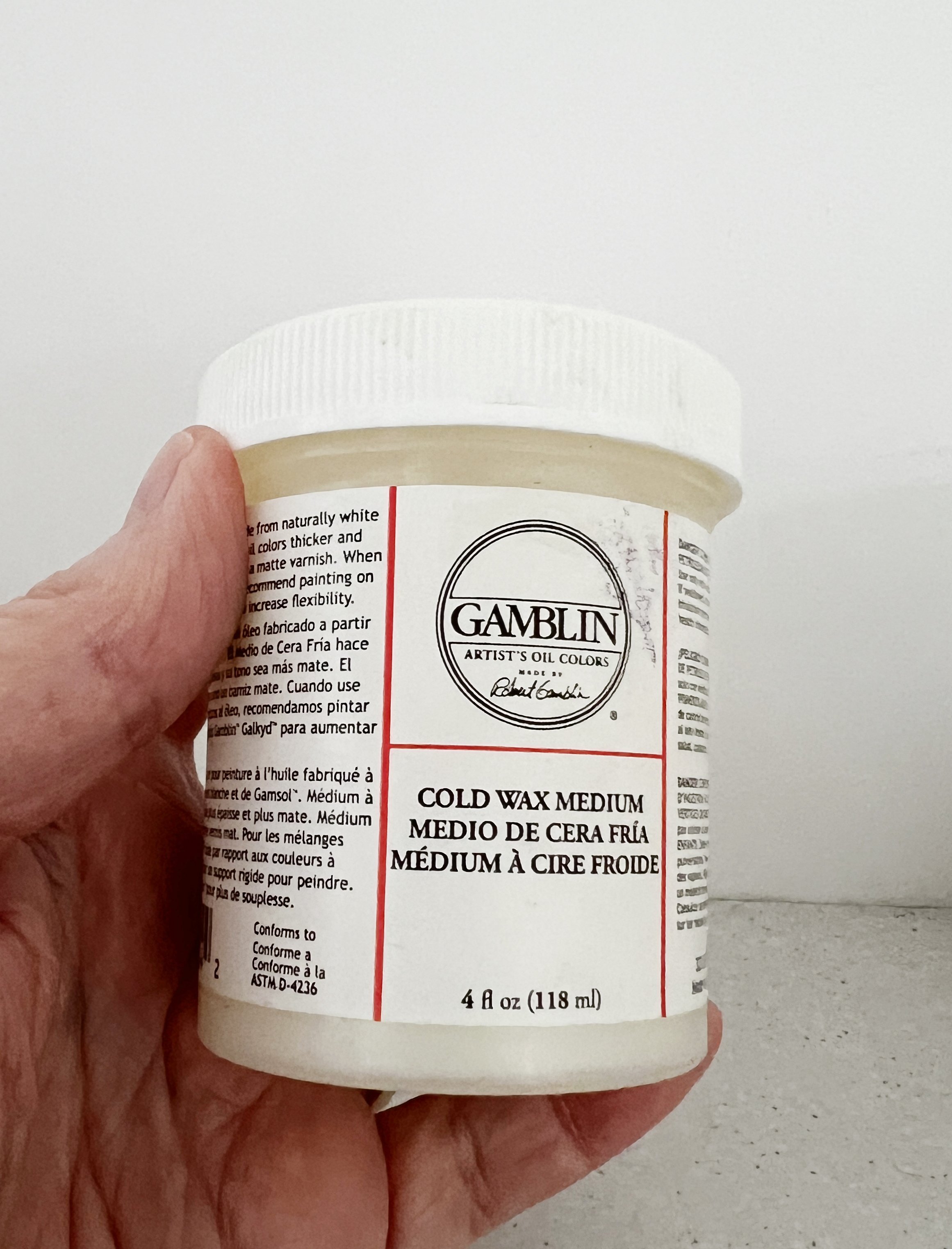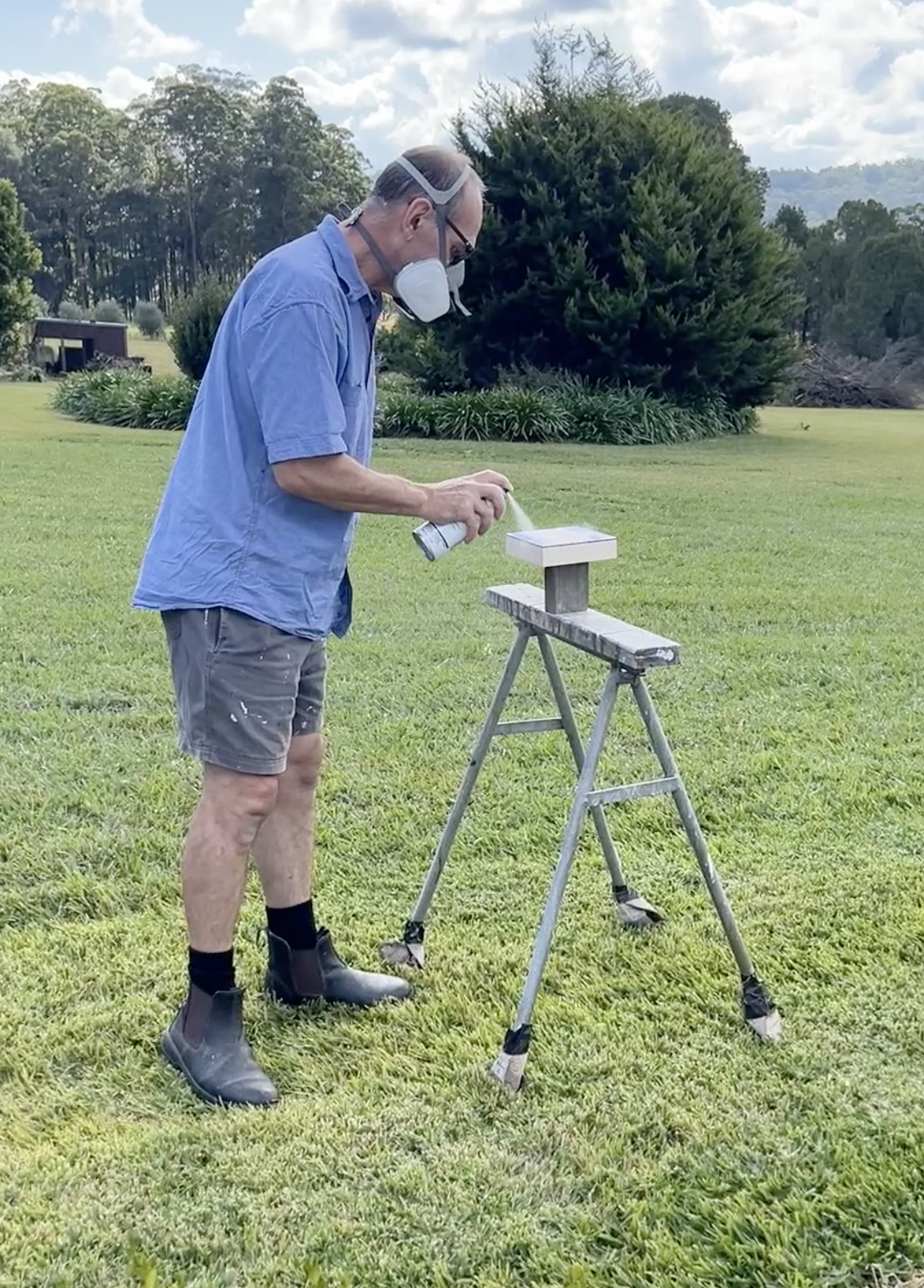Fixative for Watercolour
Do you really need it?
Watercolour paintings are delicate masterpieces. Their translucent washes and vibrant colours create a visual softness that is hard to achieve with any other medium. But, despite their beauty, watercolours are known for their fragility.
Over time, exposure to light, humidity, and dust can damage the pigments, fading the colours or deteriorating the paper. To ensure that your watercolour paintings last for years, you may wonder: should I seal my artwork? And is it even necessary, especially if you've used high-quality, lightfast watercolour paints? Let’s explore the answer.
How to Seal a Watercolour Painting: Protecting Your Artwork for Years to Come
The Case for Sealing Watercolour Paintings
Sealing a watercolour painting can be an excellent way to protect it from environmental factors, especially if you plan to display it without glass. When a painting isn’t framed behind glass, it is more vulnerable to moisture, smudging, and dirt.
This watercolour painting was done on a cradled wooden board. I glued watercolour paper to the board.
From a different angle showing the timber edge of the board.
This fixative is designed for pastel, charcoal and pencil work but I have used it on watercolour paintings.
Applying a protective sealer or workable fixative creates a barrier over the surface, adding extra durability to your artwork. For those who like to give their pieces a modern, glass-free look, sealing is essential.
Acrylic sprays or specialised fixatives are commonly used to seal watercolour paintings. These sprays dry clear, maintaining the vibrancy of your colours while shielding the surface from potential damage.
But keep in mind that not all sealers and fixatives are created equal. It’s important to choose a workable fixative specifically formulated for watercolours to avoid any unwanted changes in texture or sheen.
The Role of Lightfastness in Watercolour Paints
Before deciding to seal your painting, it’s crucial to understand the lightfastness of the paints you've used. Lightfastness refers to how resistant pigments are to fading when exposed to light over time. Watercolour paints are rated for lightfastness, with pigments marked as “excellent,” “good,” or “poor” in their resistance to light.
High-quality watercolour paints, like those from professional ranges, often have pigments with high lightfastness ratings. These colours are less likely to fade even when exposed to direct sunlight, which reduces the need for additional UV protection.
However, even with the most lightfast paints, prolonged exposure to strong, direct light can cause fading over time. That's why artists frequently use UV-protective glass or frame their paintings with UV-filtering materials.
Is Sealing Always Necessary?
If you’ve used lightfast pigments and plan to frame your painting behind UV-protective glass, also called museum glass, sealing is not necessary. Glass offers an effective barrier against environmental damage while preserving the natural texture of your painting.
Paintings framed behind glass do not need to be sealed. The glass protects them. It's a good idea to hang them in an area away from direct sunlight though.
Additionally, sealing can sometimes alter the appearance of watercolours, particularly if a gloss or semi-gloss sealer is used. This can affect the matte, soft finish that many artists love about watercolours.
However, if you're not using glass or if your painting will be in a high-humidity environment, sealing is worth considering.
For artworks on watercolour paper, unframed and unprotected, the added protection of a sealer can be a lifesaver, especially in less controlled settings.
How to Seal Your Watercolour Paintings
If you’ve decided to seal your watercolour painting with sealer, the process is relatively simple but requires care.
Ensure the Finished Painting is Completely Dry
Allow your painting to dry thoroughly before applying any sealer. Even the slightest bit of moisture can interfere with the sealing process.
Choose the Right Sealer
This is a painting done on Aquabord ready to be sprayed outside.
There are many products available, but an archival, non-yellowing spray or workable fixative is ideal. Look for a sealer that specifically states it is safe for use on watercolours.
Apply in Light, Even Layers
Hold the spray can about 10 to 12 inches away from your painting and apply even, light coats. Avoid heavy applications, as they can cause the watercolour paper to warp or make the colours bleed. I spray my paintings outside and I use a mask for protection against harmful fumes.
Let it Dry
Allow the first coat to dry fully before applying the second coat. Multiple thin layers are more effective than one heavy coat. Depending on the mediums you work with, up to 5+ layers can be needed to hold everything in place.
Alternatives to Sealing Sprays for Watercolour Paintings
While sealing your watercolour painting with fixative sprays is a popular method for protection, it’s not the only option. Some artists prefer to preserve the natural matte finish of watercolour, or they might be sensitive to the chemicals found in sprays.
Fortunately, there are alternative ways to protect your artwork without compromising its appearance or texture.
Framing Behind Glass
One of the most reliable ways to protect your watercolour painting is by framing it behind glass. This traditional method doesn’t require any additional coating on the surface of your painting and still provides excellent protection against dust, moisture, and physical damage.
If you choose to frame your artwork, using UV-protective glass or Plexiglas will also help guard against colour fading from sunlight exposure.
Framing with an archival mat is highly recommended. The mat creates space between the glass and the painting, allowing the paper to breathe and preventing the artwork from sticking to the glass over time. This method is ideal for preserving the original look and feel of your watercolour.
Cold Wax Mediums
Cold wax medium offers a more hands-on alternative to sealing sprays. By gently rubbing a small amount of cold wax onto the surface of your painting, you can add a protective layer that’s both durable and invisible. The wax dries to a matte finish, preserving the soft texture of your watercolour without adding any shine. I always spray my paintings with one coat of Krylon varnish before I apply the wax.
This painting was sealed with Gamblin Cold Wax Medium.
This method is great for artists who prefer to display their paintings without glass. It offers protection against moisture and smudging while maintaining the original appearance of the artwork.
Cold wax is also a natural and non-toxic option, making it perfect for those who want an environmentally friendly solution.
Lamination
Laminating your watercolour painting is another way to protect it, though it’s a less common choice among fine artists. The lamination process encases your painting in a thin, transparent plastic film, offering robust protection against environmental factors.
However, it can alter the texture and visual quality of the watercolour, as the glossy surface may change the way the colours are perceived.
Lamination might be more suited for decorative or functional purposes, where durability is prioritized over preserving the original tactile qualities of the painting.
UV-Protective Varnishes
For artists looking to protect their watercolour paintings, spray-on UV-protective varnishes offer a convenient solution. These varnishes provide protection against UV light and environmental damage while giving your artwork a smooth, even finish. Available in matte, satin, or gloss finishes, spray-on varnishes are easy to apply, drying quickly and leaving a protective layer without altering the original texture of the watercolour. They are perfect for adding a light varnish without the risk of over-application, making them a popular choice for preserving delicate artwork.
My preferred varnish is Krylon.
We spray paintings outside wearing a mask to prevent inhaling toxic fumes.
Watercolour painting on Aquabord
Archival Storage
If you’re not planning to display your watercolour painting but want to keep it safe for the long term, archival storage is an excellent option. Storing your artwork in acid-free portfolios or archival boxes can protect it from light, dust, and moisture without altering its surface.
This method is particularly useful for artists or collectors who want to preserve their paintings until they’re ready to frame or exhibit them.
Final Thoughts
Ultimately, the decision to seal—or not to seal—should enhance the longevity of your painting while preserving the beauty and integrity of your work. While it isn't always necessary, especially for works framed under UV-protective glass, sealing provides an extra layer of protection, particularly for unframed pieces.
And remember, lightfastness is key to long-lasting watercolours. Even with a sealer, it’s always best to choose high-quality pigments that stand the test of time.
By understanding the needs of your painting and the environment it will be in, you can make the best choice for preserving your artwork—whether that's sealing or simply trusting the power of professional-grade watercolour paints.
Every piece is unique, and so is its care.
Love, Louise.
You can purchase original art and prints from my shop.


